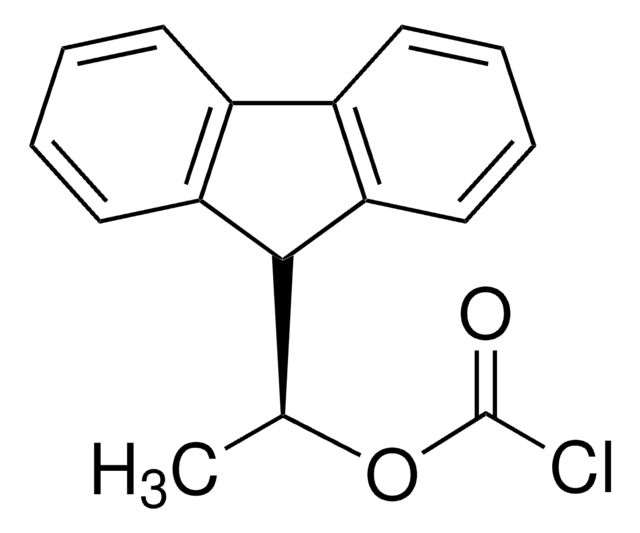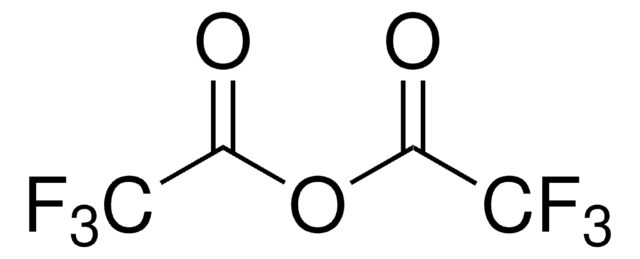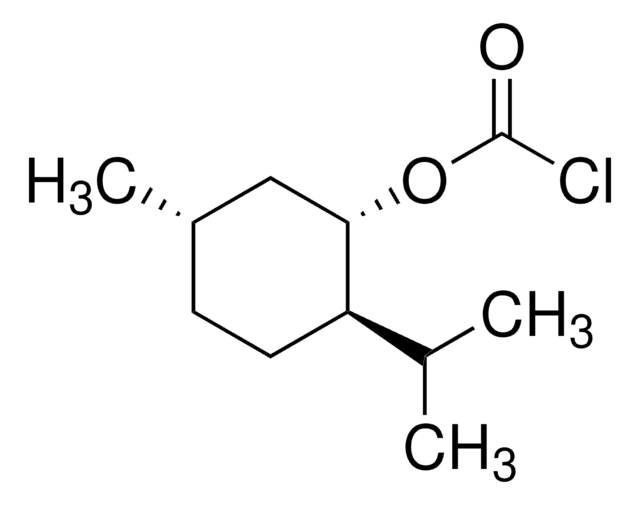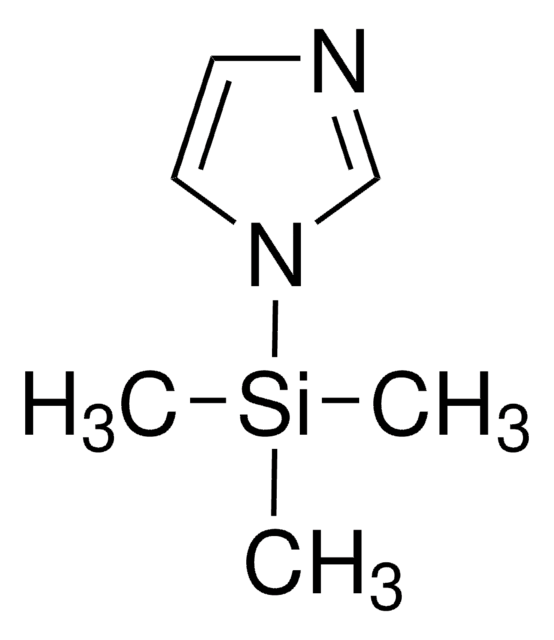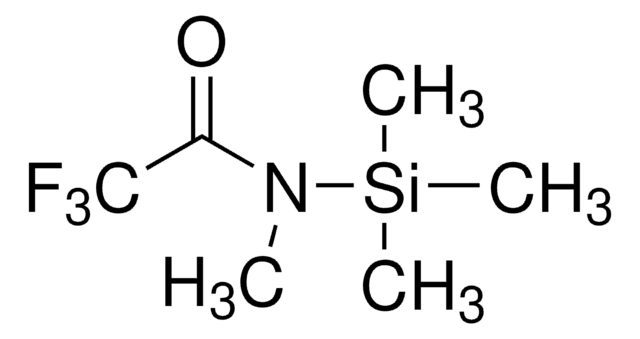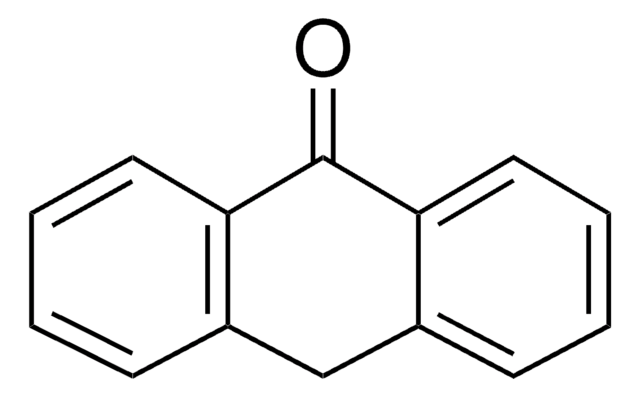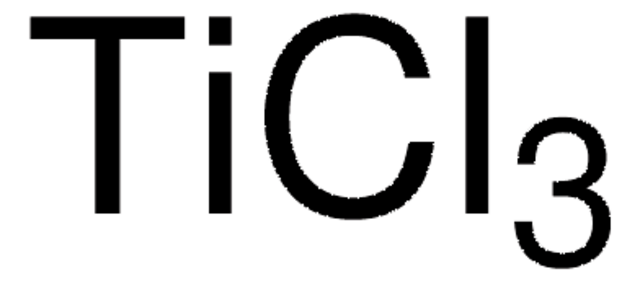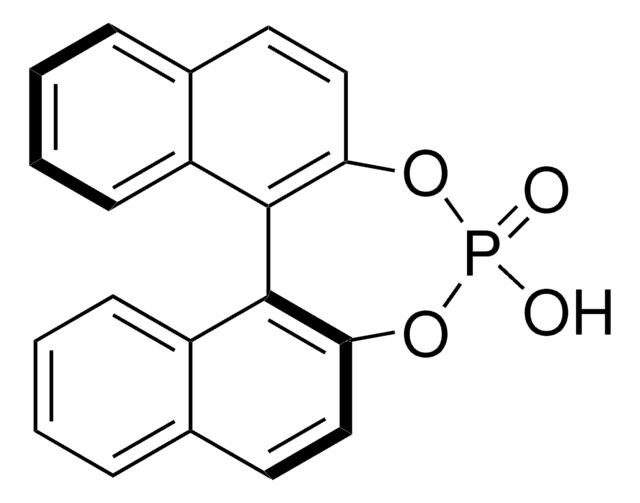335975
Chloroformate de (+)-1-(9-Fluorényl)éthyle solution
18 mM in acetone, for chiral derivatization
Synonyme(s) :
(+)-FLEC solution
About This Item
Produits recommandés
Qualité
derivatization grade ((chiral))
for chiral derivatization
Densité de vapeur
2 (vs air)
Pression de vapeur
180 mmHg ( 20 °C)
Forme
liquid
Concentration
18 mM in acetone
Indice de réfraction
n20/D 1.3602
Densité
0.79 g/mL at 25 °C
Groupe fonctionnel
chloro
Température de stockage
2-8°C
Chaîne SMILES
ClC(=O)OC(C1c2c(cccc2)c3c1cccc3)C
InChI
1S/C16H13ClO2/c1-10(19-16(17)18)15-13-8-4-2-6-11(13)12-7-3-5-9-14(12)15/h2-10,15H,1H3
Clé InChI
SFRVOKMRHPQYGE-UHFFFAOYSA-N
Vous recherchez des produits similaires ? Visite Guide de comparaison des produits
Catégories apparentées
Description générale
Application
- Chiral analysis of β-methylamino alanine (BMAA) enantiomers: Details the use of (+)-1-(9-fluorenyl)-ethyl chloroformate (FLEC) for derivatization followed by LC-MS/MS analysis, improving the understanding of amino acids′ stereochemistry (Zurita et al., 2019).
- Enantioselective micellar electrokinetic chromatography of dl‐amino acids: Utilizes (+)-1-(9-fluorenyl)ethyl chloroformate derivatization combined with UV-induced fluorescence detection to analyze amino acids, enhancing analytical methodologies (Prior et al., 2018).
Mention d'avertissement
Danger
Mentions de danger
Conseils de prudence
Classification des risques
Eye Dam. 1 - Flam. Liq. 2 - STOT SE 3
Organes cibles
Central nervous system
Risques supp
Code de la classe de stockage
3 - Flammable liquids
Classe de danger pour l'eau (WGK)
WGK 3
Point d'éclair (°F)
1.4 °F
Point d'éclair (°C)
-17 °C
Faites votre choix parmi les versions les plus récentes :
Déjà en possession de ce produit ?
Retrouvez la documentation relative aux produits que vous avez récemment achetés dans la Bibliothèque de documents.
Les clients ont également consulté
Notre équipe de scientifiques dispose d'une expérience dans tous les secteurs de la recherche, notamment en sciences de la vie, science des matériaux, synthèse chimique, chromatographie, analyse et dans de nombreux autres domaines..
Contacter notre Service technique